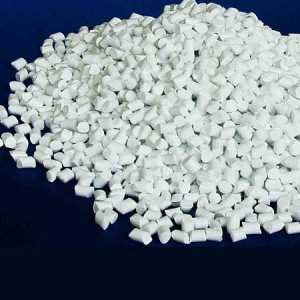| Taban Andish Berjis |

| No Title | 0.01 MB |
| Registration Date | 9 Jun 2019 |
| Revision Date | 9 Jun 2019 |
| Share |
Food Packaging
MasterbatchZinc oxide
ZnO Nanoparticle /Nanopowder CAS Number : 1314-13-2This product is known as an antibacterial PA-based masterbatch containing ZnO nanoparticles. It includes 16.23 Wt. % of ZnO. In nano-scale, ZnO particles produce the reactive oxygen species more than ZnO bulk and so higher antibacterial activity appears in ZnO nanoparticles. It shows high antibacterial activity according to INSO 10900 (Measurement of antibacterial activity on plastics and other non-porous surfaces). The following table clarifies how powerful it is against E.Coli and S.aureus bacteria. Antibacterial activity is an indicator of the product ability to eliminate bacteria. It is obtained by comparison of bacteria number present on control and nanometric samples after 24 hours’ exposure. According to standard, When the antibacterial activity of the product is between 2 and 3, the effectiveness is good. If antibacterial activity is greater than 3, the effectiveness is intense and strong.
Industrial and consumer polymers can be susceptible to microbial attack, causing undesirable effects such as staining, odors, and physical degradation. Bacteria and fungi feed on most plastic and polymer additives often leading to a potential loss of product integrity. Extensive research has been carried out in the last decades in order to investigate possible methods to prepare antibacterial plastics. Antimicrobial plastic, polymers and composites provide excellent benefits. Antimicrobial additives (masterbatches) offer valuable protection for polymers. They are incorporated into a wide variety of plastics and polymeric materials to prolong their life, maintain their aesthetic appeal, or reduce surface contamination. Polyamide (PA) is a polymer, which contains recurring amide groups as integral parts of the main polymer chain. Nanoparticles of ZnO are being used industrially for modifications of plastics. A common feature is their antibacterial activity. The antibacterial activity of them has been demonstrated against human pathogenic bacteria, mainly E.Coli and S.aureus.